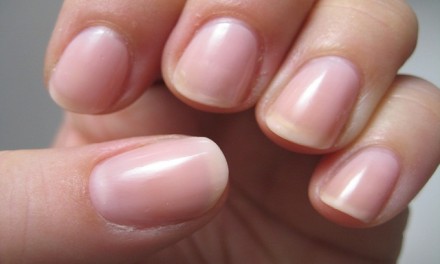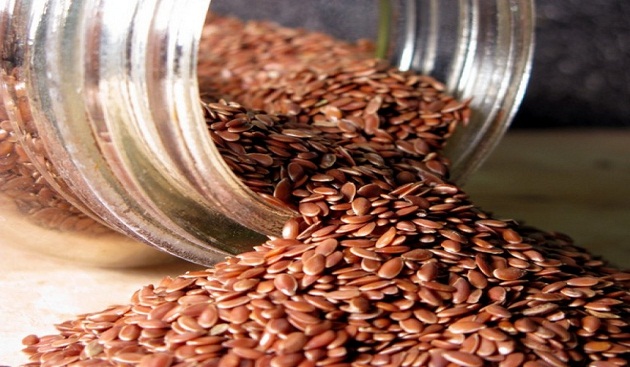When people look at a pale face, the foremost question that you are most likely to hear is, ‘Are you eating enough fruits and vegetables?’
Paleness of skin can occur due to various reasons as, anemia, blood loss, and poor nutrition, which can even be a warning sign of an underlying disease.
When there is a lack of oxygen providing cells, body fails to produce the required number of red blood cells resulting in Anemia.
What is Iron Deficiency Anemia?
In simple terms, hemoglobin is a protein that gives color to the red blood cells of the body. This is one of the prime reasons, why anemic patients have a pale skin.
As with any ailment, it is quite important that this ailment gets attention before it can cause other health implications such as low blood pressure, heart failure and organ dysfunction.
Depending on the severity of the disease, various treatments include medications, blood transfusions and diet that supplement enough vitamin b12, iron, minerals and folic acid in the body.
Iron-deficiency anemia is one of the common types of this ailment. Treatments target to produce red blood cells in the bone marrow where the formations of these cells take place.
Food that Prevent Iron Deficiency
Foods that contain iron are well-absorbed help to prevent and treat anemia. Heme-Iron and Non-heme Iron form the two types of essential dietary iron. Body absorbs heme-iron better than non-heme iron, and a single serving of such food suffices the dietary intake of iron per day.
Meat based foods as, red meat, fish and poultry contain heme-iron, and all non-meat based foods contain non-heme iron.
Iron absorption is at its best when both heme and non-heme iron is ingested together. For instance, meat and fish are not only great sources of heme iron but also help in the absorption of non-heme iron.
Natural Foods that Help in Boosting your Iron Stores
Heme-Iron Sources
| Name | Iron present in mg |
| Lean red meat (beef liver) | 5.2 to 9.9 |
| Poultry | 1.1 |
| Oysters | 5.7 |
| Shrimp, Crab, Tuna, Pork | 0.7 to 0.9 |
| Chicken liver | 11.0 |
Non-heme Iron Sources
| Name | Iron present in mg |
| Fortified cereals | 18.0 |
| Oatmeal | 11.0 |
| Soybeans | 8.8 |
| Lentils | 6.6 |
| Beans | 4.3 |
| Spinach | 2.5 to 3.2 |
| Tofu | 3.4 |
Other sources include almonds, wheat, ragi, brown rice and oats.
Average Iron Intake per Day
The requirements differ depending upon the age and health condition of an individual. Pregnant women need 30 mg, adult men, women and small children need 10 mg while teenage girls, boys and premenopausal women need 15 mg of iron per day.
Are you at Risk?
Iron in the body becomes deficient in stages. When you are not getting sufficient iron from the daily diet, the body craves and pulls from the iron reserves of the body.
Few symptoms such as weakness, fatigue, feeling chills and cold, leg cramps, heart murmur, breathlessness, desire to eat mud, chalk and ice indicate that your body is iron-deficient.
People with certain ailments as Crohn’s disease, Celaic disease, athletes, runners, pregnant women, teenage girls (where there is a huge loss of blood through menstruation) and patients who have undergone gastric bypass surgery face increased risk of anemia.
Testing for Anemia
If you feel that your dietary intake of iron is insufficient, taking over-the-counter iron supplements may not resolve the symptoms.
It is highly advisable that you visit your doctor, who may ask you to take various blood tests to detect the hemoglobin, hematocrit, serum iron, serum ferritin, and transferrin content in your blood.
If the levels are low, doctor will prescribe ways to boost the iron levels naturally along with medications. Treatments aim at increasing the hemoglobin content and relieve symptoms of the ailment.
Tips and Warnings
Supplemental iron pills may cause symptoms such as constipation, diarrhea, black stools, nausea and vomiting. Never take a high dose of iron and make sure you check the exact dosage for your age and health condition. Excess iron can cause severe damage to liver and other important organs.
Avoid taking coffee or tea with meals having iron sources. It hinders iron absorption in the body. This holds good for foods with calcium as well. Try taking a meal that has a lower percentage of calcium.
Vitamin C helps in better absorption of iron. Including foods such as citrus fruits, broccoli, tomatoes, cabbage, potatoes that are rich in this Vitamin boost the chances of production of hemoglobin.
Though taking iron with food decreases the absorption rate by 50%, it is advisable not to take iron supplements on an empty stomach as it may lead to stomach irritation and nausea. Choose the mode that suits your body. Furthermore, ensure that you have a balanced intake of folic acid of Vitamin b12.
Few Home Remedies to beat Iron Deficiency
- Drink a glass of beetroot and apple juice mixed with honey once a day.
- Cook in iron pots to increase the iron content in the meals.
- Drink raw ash gourd juice on empty stomach in the morning.
- Include methi in the form of leaves or seeds to form red blood cells.
- Intake the paste of almonds soaked overnight regularly for at least 3 months.
- Substitute sugar with honey as it has all the rich minerals that can boost the production of red blood cells.
Iron-deficiency anemia is a treatable medical condition with a right balance of food and supplements. Prevent this condition and boost the production of blood with a neutral choice between heme and non-heme iron sources.
Disclaimer:
The content of this article is for informational purposes only. Please consult your health care professional and use your discretion before using the content of this article.






